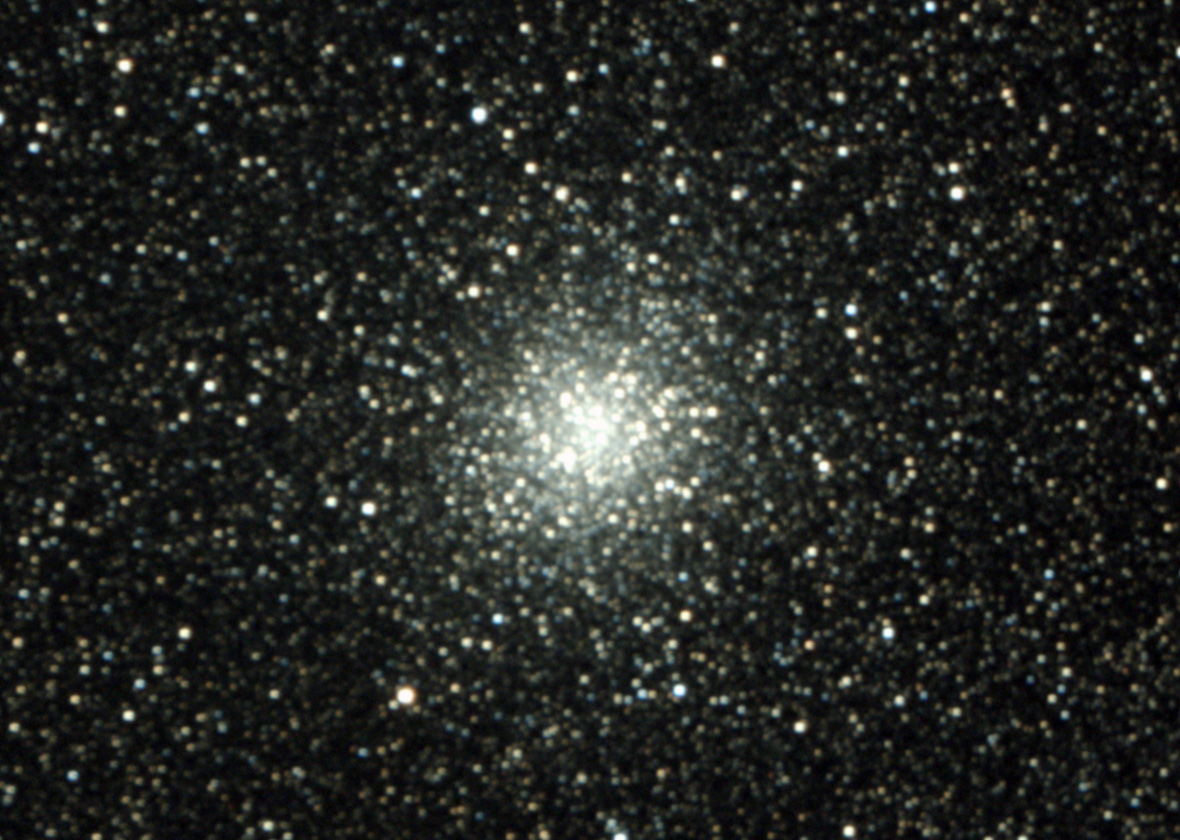
M22 Sagittarius Cluster (NGC 6656)
Apparent Magnitude: 5.1
Distance: Aprox: 10,600 light-years
Constellation: Sagittarius
Star Count Aprox: 83,000
Diameter: 99 light-years
M22 is also one of the nearest globulars to our solar system. The only globular cluster closer to us is Messier 4. M22 is the brightest globular cluster visible from the mid-northern latitudes. However, as it lies in the southern constellation Sagittarius, M22 never rises very high in the sky and can’t really be observed in all its glory from the northern hemisphere. It doesn’t offer a view as impressive as those of Messier 13 in Hercules and Messier 5 in Serpens.
Two black holes were discovered in M22 and confirmed by the Chandra X-ray telescope in 2012. The objects have between 10 and 20 solar masses. Their discovery suggests that there may be between 5 and 100 black holes within the cluster and that multiple black holes may exist in other clusters as well. The presence of black holes and their interaction with the stars of M22 could explain the cluster’s unusually large central region.
Like M15 Messier 22 is one of the 4 rare globular clusters that contain a planetary nebula. The nebula in M22, catalogued as GJJC1 or IRAS 18333-2357, was discovered by the infrared satellite IRAS in 1986 and identified as a planetary nebula in 1989. The nebula is only 3 arc seconds in diameter and lies 1 arc minute to the south of the cluster’s centre. It is extremely difficult for observers to find.
Taken 7/7/18 in Grand Rapids, Ohio by Russell Kille on a CPC 1100 with Hyperstar @ F2 and ZWO ASI294MC Pro camera
